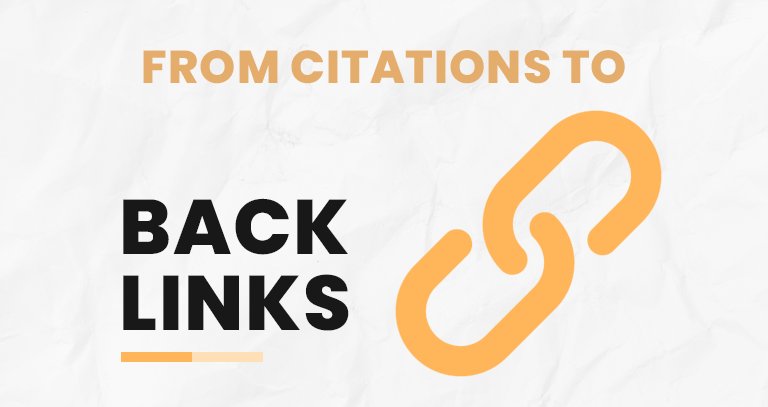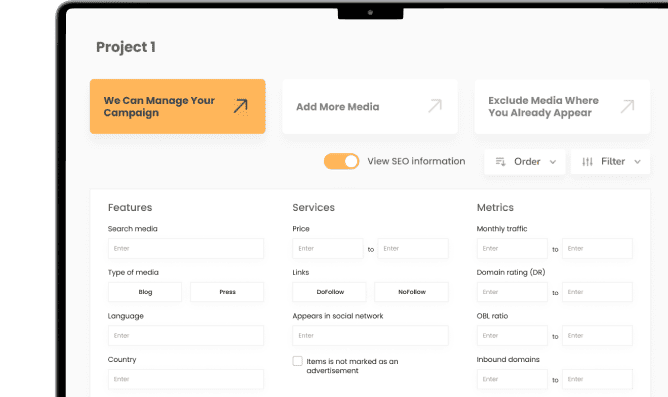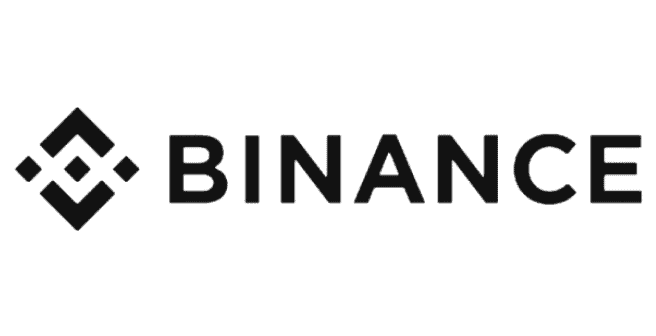
Although they lack the direct impact of a link, these implicit references can be the key to amplifying a brand’s presence and credibility in the digital market. In this article, we explore how to identify and transform these mentions into valuable backlinks, maximizing their potential to strengthen reputation and search engine rankings.
The power of unlinked mentions in SEO
Unlinked mentions are an underrated tool in SEO that act as a form of implicit recognition. Although they don’t provide the same impact as a backlink, they are essential for increasing a brand’s visibility and credibility. Their true potential lies in their ability to expand a company’s presence, strengthen its reputation, and serve as a trust signal for both consumers and search engines. Every time a company is mentioned in a blog, forum, or social network, its visibility increases, reaching a wider audience. These mentions act as an implicit endorsement, especially if they come from respected industry sources, generating trust among consumers.
To make the most of these mentions, it is crucial to identify them and turn them into backlinks whenever possible. This process not only improves the brand’s presence but can also positively impact its ranking. Additionally, unlinked mentions can serve as an indicator of a brand’s relevance and authority in its sector, which can indirectly influence search engine algorithms.
Techniques to identify unlinked mentions
The first step to turning unlinked mentions into valuable backlinks is identifying them. There are various tools and strategies that make this task easier, allowing companies to discover previously overlooked opportunities.
Monitoring tools
To efficiently track unlinked mentions, tools like Brand24 and Mention are popular options. These platforms allow companies to monitor real-time references to their brand across multiple channels, from blogs to social networks. Brand24, for instance, offers sentiment analysis and metrics like ‘Presence Score’ and ‘Reputation Score,’ which are useful for assessing brand perception and trust. Setting up alerts in these tools can help quickly identify new mentions, making it easier to convert them into active links.
Manual search strategies
In addition to automated tools, performing manual searches remains an effective strategy. Using search engines like Google to find recent mentions of the brand in articles or on social media can reveal unexplored opportunities. Setting up Google Alerts is an effective complementary tactic, as it allows notifications when the brand is mentioned in new online content. These periodic searches ensure that no potentially valuable mention is missed. It is also recommended to use advanced search operators like “intext:[brand name] -site:[your website]” to find specific mentions on other websites.
From mention to backlink: effective strategies
Converting unlinked mentions into backlinks requires a meticulous and strategic approach. The key is to establish effective and personalized communication with content authors, offering them compelling reasons to turn those mentions into direct links.
Personalized communication
Personalization is key when reaching out to content authors. A generic message may go unnoticed, while a personalized approach can increase the chances of success. It is important to address the author directly, mentioning the specific content where the mention was made, and explain why a link would benefit both the author and their audience. Moreover, it’s crucial to adapt the tone and style of communication to the context and personality of the author or the website in question.
How to offer added value to the author?
Offering added value is an effective tactic to motivate authors to turn mentions into links. This can include providing complementary content, such as case studies or updated data that enrich the original article. Similarly, offering exclusive updates or early access to new products can be an attractive incentive. The key is to demonstrate how the link will not only benefit the brand but also add value to the author’s content and their audience. For instance, offering a personalized infographic or an explainer video that complements the original article’s information can be effective.
Combining with other link building strategies
To maximize the impact of unlinked mentions, it’s advisable to combine them with other link building strategies. This approach diversifies link acquisition methods and strengthens the brand’s position in the digital market.
Synergies with guest posting
Guest posting is a tactic that can effectively complement the unlinked mentions strategy. By collaborating with related sites to publish guest articles, companies can generate contextual links that support the brand’s authority. This approach allows businesses to insert themselves into relevant conversations, increasing both their visibility and credibility within the industry. Additionally, guest posting offers the opportunity to create high-quality content that can generate additional natural mentions, creating a positive cycle of brand visibility and recognition.
Evaluating success: key metrics
Measuring the success of converting unlinked mentions into backlinks is essential to adjust the strategy and maximize its benefits. There are specific metrics that provide a clear view of the effectiveness of these actions.
Performance indicators
Among the most relevant metrics are the increase in the number of quality backlinks and improvement in relevant keyword rankings. These metrics indicate not only the quantity but also the quality of the links obtained. Furthermore, it is essential to monitor the increase in organic and referral traffic, as these increments reflect the positive impact of backlinks on the site’s visibility and user appeal. It is also important to analyze changes in domain authority and page authority, which are indicators of the overall strength of a website’s link profile.
| Metric | Definition | How to track it |
|---|---|---|
| Quality backlinks | Number of incoming links from relevant and authoritative sites | Tools like Ahrefs or SEMrush |
| Keyword rankings | Positions in SERPs for relevant keywords | Google Search Console |
| Organic traffic | Visits to the website from unpaid search results | Google Analytics |
Ethics and best practices in link acquisition
In the quest to turn mentions into links, it is crucial to follow an ethical approach. Respecting Google’s guidelines on link building ensures that the obtained links are of quality and relevant. Avoiding aggressive or spammy tactics in communication is essential to maintaining a positive relationship with content authors and protecting the brand’s reputation. Prioritizing quality over quantity of links is key to building a strong and sustainable digital presence. Additionally, it’s important to be transparent about your identity and intentions when reaching out to authors, and to respect their decision if they choose not to add the link.
In conclusion, transforming unlinked mentions into backlinks is a strategy that can offer significant benefits for SEO. By implementing this tactic ethically and combining it with other link building strategies, brands can improve their online visibility, strengthen their domain authority, and consolidate their position in the digital market. Seizing these opportunities not only optimizes a brand’s performance but also lays a solid foundation for long-term growth. In this sense, staying alert to future trends in the use of unlinked mentions could be crucial to remaining competitive in the SEO world.







